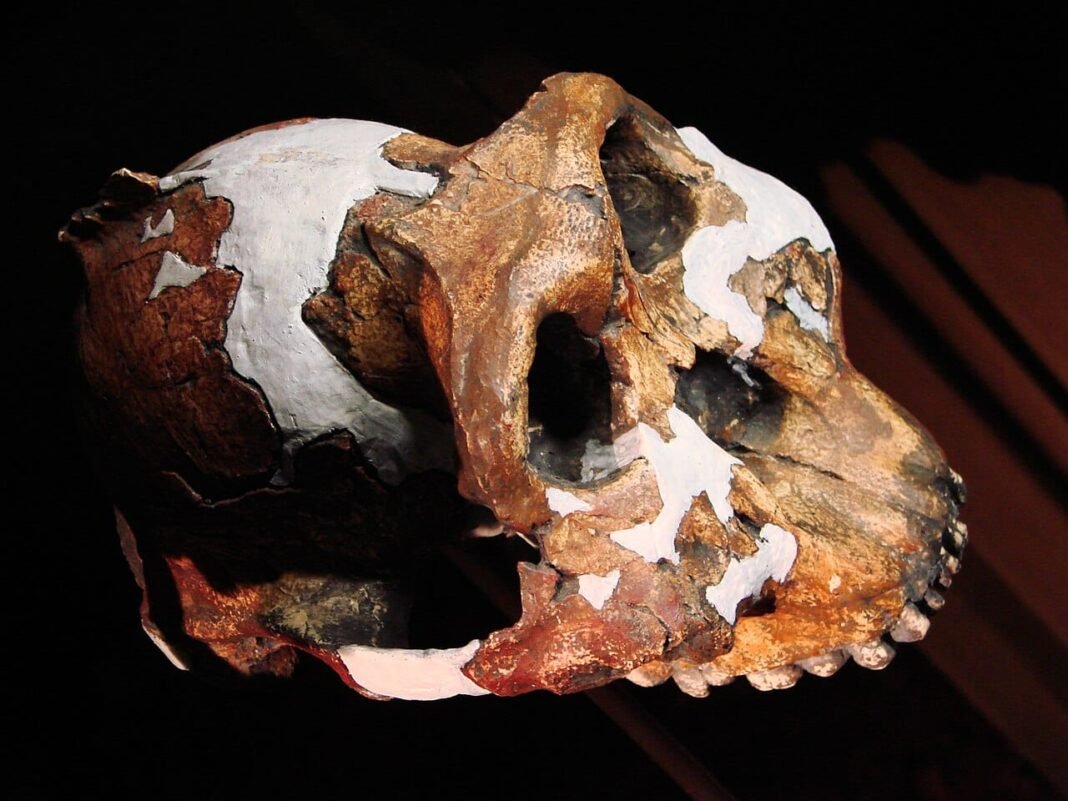
Fossils of hands and feet belonging to an extinct human relative that lived about 1.52 million years ago offer new evidence that the species could both walk upright and grasp objects with force and precision, traits that suggest it may have been capable of manipulating stone tools.
The remains, found near Lake Turkana in northern Kenya at the long-studied Koobi Fora site, represent the first hand and foot bones unambiguously attributed to Paranthropus boisei, a robust hominin known previously mainly from skulls and teeth. The partial skeleton includes most of a hand, three foot bones, most of the teeth, a partial forearm bone, and skull fragments, the scientists reported in the journal Nature.
“Sixty-five years after the original discovery of this species, this is the first time we can confidently link Paranthropus boisei to specific hand and foot bones,” lead author Carrie Mongle of Stony Brook University said. The fossils date to roughly 1.52 million years ago, Mongle and colleagues said.
The hand and foot fossils show he species could likely manipulate stone tools
Analysis of the hand bones shows the species could form precision grips similar to modern humans, the researchers said. That capability, combined with features indicating the hand was built for “forceful and sustained grips”, suggests Paranthropus boisei would have been able to grasp and manipulate objects such as stone tools, Mongle said.
Louise Leakey, director of the Koobi Fora Research Project and a co-author of the study, said the hand structure also points to use for processing tough plant foods. “We can tell that the hand of this species was built for forceful and sustained grips, and similar to gorillas in that it would have used its hands to process tough plant foods,” Leakey said.

The foot bones provide complementary evidence about locomotion. The fossils indicate Paranthropus bore weight on two feet and had a lateral arch, a feature similar to modern humans that helps propel the foot during walking, rather than the flatter foot of a chimpanzee, Leakey said. “We can tell from the few foot bones that it was fully bipedal,” she said.
Researchers say the Paranthropus ultimately went extinct due to reaching an evolutionary dead end
Paranthropus boisei, long recognized for its massive jaws, large teeth, and a bony crest on the skull to anchor powerful chewing muscles, shared the East African landscape with early members of the genus Homo. Stone and bone tools from the period are known from the region, but until now it had been unclear whether Paranthropus could have manufactured or used them.
“Conventional wisdom has been that while Homo specialized in larger brains and stone tool-making that made them highly adaptable to a changing climate, Paranthropus boisei became a dietary specialist focused on grasses,” Mongle said. The new postcranial evidence complicates that simple divide, showing Paranthropus combined adaptations for heavy chewing with hands capable of precision grips.

The discovery also complements earlier work at Koobi Fora showing intersecting trackways left by Paranthropus and Homo erectus on an ancient lakeshore, a finding that raises questions about how the species interacted and competed for resources, the researchers noted.
Despite the new insights, the researchers cautioned that Paranthropus ultimately went extinct because they reached “An evolutionary dead end,” Leakey said, but one that now can be more fully understood because of the long-awaited hand and foot remains. Further study of the fossils is underway at the Turkana Basin Institute.


